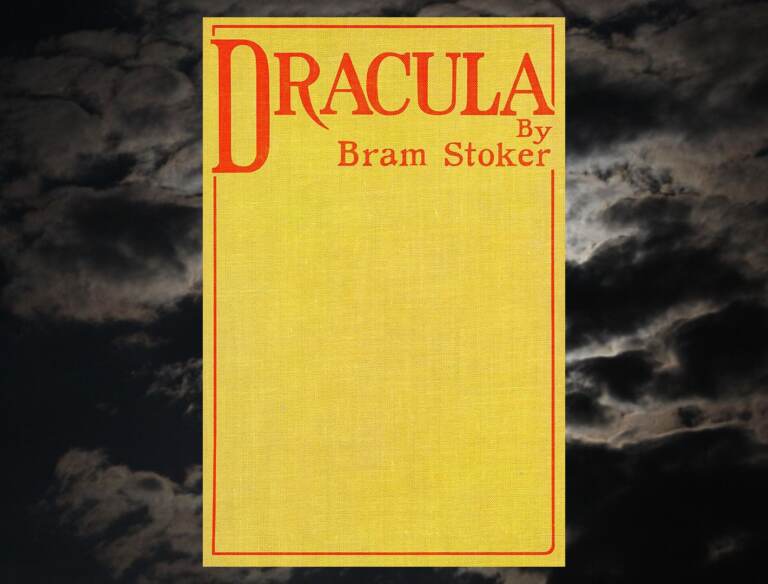Vampire panic and the undying legacy of ‘Dracula’
Bram Stoker's tale of Count Dracula turns 125 this year. A look at the famous literature, its author, and the vampire panic in the 19th century spurred by deadly Tuberculosis.
Listen 49:15
Bram Stoker's tale of Count Dracula turns 125 this year.
Bram Stoker’s legendary horror tale Dracula was published 125 years ago and remains one of the most famous pieces of English literature today. The quintessential vampire, Count Dracula, has sustained our undying curiosity about a horrifying immortal creature that feeds on the blood of the living, especially innocent and virginal women.
The novel itself has been adapted for film dozens of times and has made an undeniable impact on international pop culture. Stoker’s work has also managed to stay relevant through its themes of sexual fantasy, fear of “the other” and worries about science and medicine. This hour, we dig deep into vampire folklore, the legend of Dracula and what inspired Stoker to write the novel.
Dacre Stoker (@dacrestoker), great grandnephew of Bram and co-author of several books including Dracula the Un-Dead, will join us.
We’ll talk with Meredith Sellers (@MutterMuseum), co-curator of The Mütter Museum exhibit “Dracula and the Incorruptible Body.”
The museum’s exhibit tells the story of the Northeast vampire panic in the 19th century, in the height of deadly tuberculosis outbreak that caused desperate people to dig up gravesites of the recently deceased to look for signs of vampirism.

Subscribe for more Radio Times
WHYY is your source for fact-based, in-depth journalism and information. As a nonprofit organization, we rely on financial support from readers like you. Please give today.





